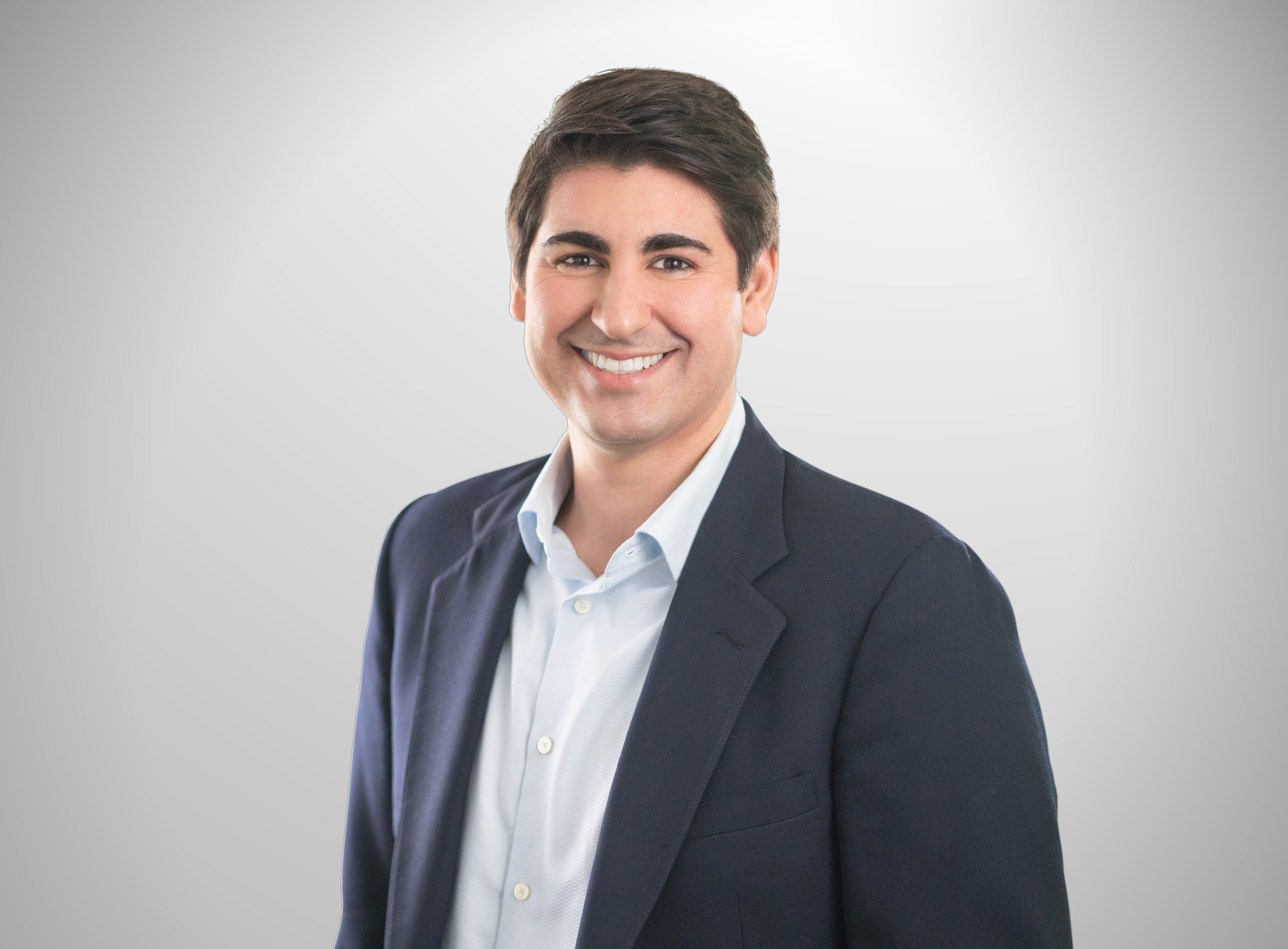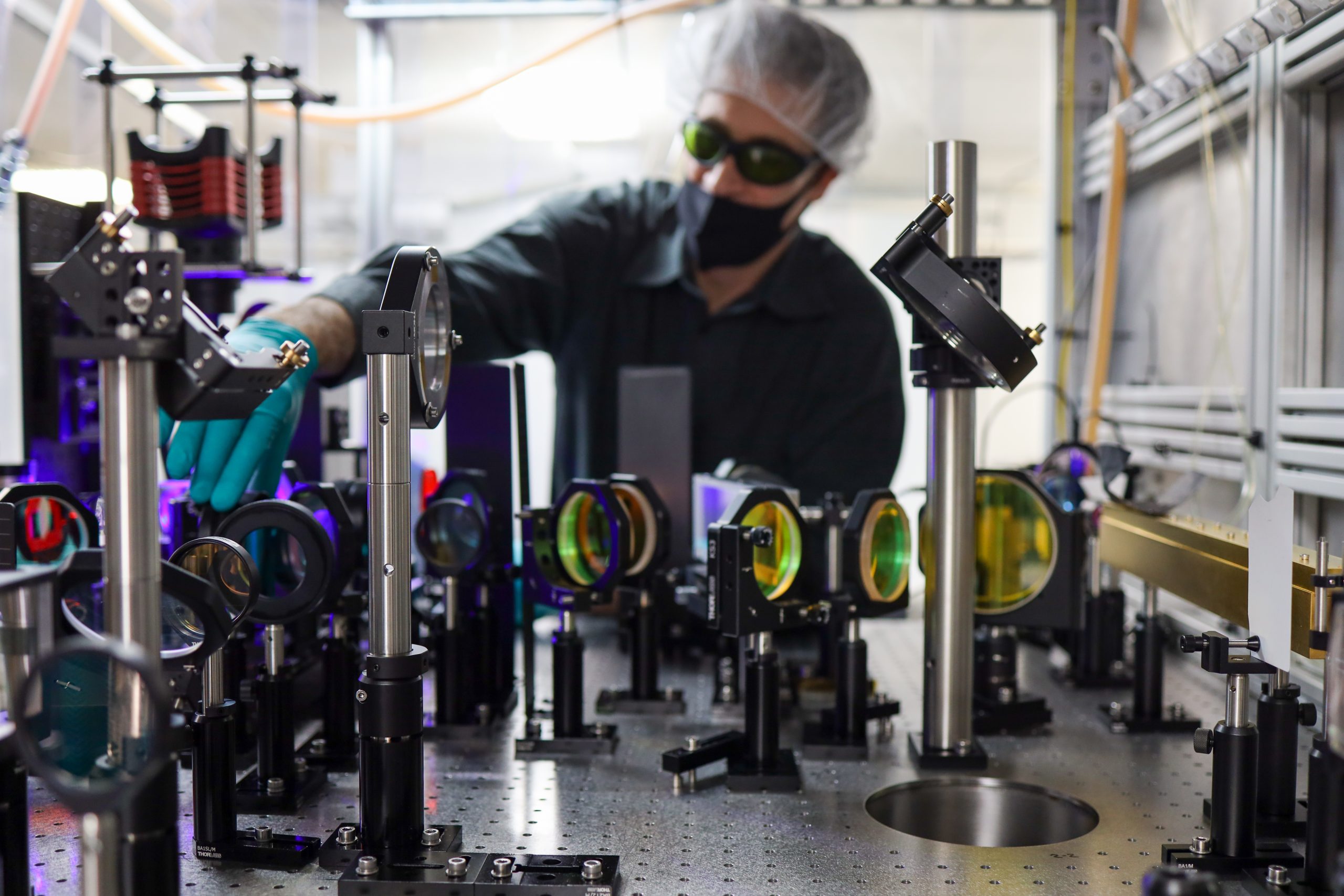The latest installment of 3D Printing Industry’s series on 3D printing and renewable energy focuses on how additive manufacturing is contributing to decarbonization efforts within the industry.
Metal 3D printing start-up Seurat Technologies, backed by the likes of Porsche and Xerox, is one such firm deploying the technology to this end, having just announced its first print depot is powered entirely by green energy.
“Additive manufacturing is not just beneficial to the energy generation industry, it is foundational,” says the company’s CEO and Co-founder James DeMuth.
DeMuth discusses how Seurat’s technology is driving the firm’s progress toward decarbonizing not only its own manufacturing operations but also the carbon footprint of its customers, as well as calling for others in the industry to follow suit.
According to the US Environmental Protection Agency (EPA), the industrial sector is responsible for 24 percent of emissions in the US, a figure that excludes the environmental impact of shipping parts across the globe. As such, action is needed by firms to advance to a newer, greener era of manufacturing, spurred on by the advancement in renewable energy technologies over the past few years.

Seurat’s Area Printing technology
According to DeMuth, Seurat was founded with the goal of solving manufacturing problems in the energy industry, starting with the LIFE fusion power plant design originated at Lawrence Livermore National Laboratory.
“Fundamentally anything that is geometrically dependent, like nuclear or solar, or utilizes rotating components, such as anything with a turbine or compressor like wind, hydro, tidal or geothermal, or the things that energy powers such as cars, planes, and trains, benefits from advanced designs enabled by additive manufacturing,” says DeMuth.
Area Printing is an LPBF 3D printing process that decouples speed and resolution to overcome common tradeoffs regarding speed, quality, and scale. The technology is the result of decades of laser and optics management stemming from LLNL, where DeMuth co-invented the technology in 2011. He later co-founded Seurat in 2015, and the firm now has over 130 granted and pending patents, as well as an exclusive license on the Area Printing technology.
“Area Printing splits a single, powerful laser beam into as many as 2.3 million separate beams,” explains DeMuth. “Each of the 30kW laser’s pixels can be programmed to either block or let light through. A large area of metal powder can be welded instantly thanks to every pixel effectively defining a laser spot, turning a serial process into one that is massively parallel, ultimately representing a 10 times increase in production rates compared to incumbent 3D printing in the first generation of machines.”
In terms of applications, many of the firm’s customers are in the automotive, consumer electronics, energy, and other industrial fields where high-volume production business exists. Fundamentally, Area Printing enables them to scale their production rates, allowing for the production cost of parts to drop by more than 10 times where they are today, DeMuth says.
“Dropping the cost of parts to below conventional manufacturing methods is essentially the ‘get out of jail card’ that the additive manufacturing industry has been waiting for,” he adds.

Decarbonizing manufacturing
With the goal of decarbonizing manufacturing, Seurat’s Area Printing technology allows the firm’s customers to migrate away from casting processes, which produce emissions equivalent to one barrel of oil per ton of metal. Conventional casting represents around 20 percent of the $1 trillion worldwide metal part manufacturing market, and uses natural gas and coke in the process which in turn produce significant emissions.
The Intergovernmental Panel on Climate Change (IPCC) recently sounded a ‘code red for humanity’ on climate change, prompting Seurat and others to ramp up their efforts toward decarbonization. Area Printing is expected to offset the equivalent of six billion gallons of gasoline, which aligns with the US’ goal of accelerating domestic clean energy manufacturing.
“By 2030, we expect to offset up to 2gt of CO2 annually as customers ramp up production and replace applications produced by metal casting,” says DeMuth. “We are working on verifying our projections following ISO 14064 guidance, an international standard that addresses the reporting of greenhouse gas emissions, and we’re excited to exponentially increase our positive impact going forward.”
The company’s business model is to operate as a contract manufacturer with its systems and qualify customer applications through its Area Printing Production (APP) program. Through the APP program, Seurat validates material properties, process repeatability, and ensures that it can consistently produce applications within a high-volume manufacturing setting.
So far, eight companies are engaged in the APP program, and are active across a wide range of industries, including automotive, aerospace, energy, and consumer electronics. Seurat has started its first commercial program for an automotive application, and is reportedly booked at capacity until Q3 2022.
“While scaling metal additive manufacturing to outcompete casting is very exciting for our industry, even more exciting is the prospect of winning back jobs, rebuilding trade skills, and enabling localized manufacturing – all in a sustainable way,” DeMuth says.
“If Seurat is successful – and it will take an ecosystem of inventors and policymakers to help us – the economic and environmental implications will change our future generations.”

Powered by green energy
Seurat is building its first print depot in Wilmington, Massachusetts, which DeMuth believes will be a “seismic step” forward. The factory, which will 3D print critical parts for airplanes, cars, and “just about anything else”, will be 100 percent driven by wind and solar power, delivered through the Reading Municipal Light Department’s new Renewable Choice program.
“I realized early on that manufacturing is closely tied to energy,” DeMuth offers. “Clean energy will be more affordable once we find a way to manufacture that is cost-competitive with existing technologies. With the IPCC recently calling out the catastrophic impacts of climate change, now is the time for a change.”
In addition to its print depot, Seurat is aiming for its future locations to be entirely powered by renewable energy so that its customers can reap the benefits of metal 3D printing while eliminating emissions from what DeMuth calls “dirty manufacturing.”
He says that Seurat’s switch to 100 percent green energy was a proactive move, and the firm is calling on its counterparts to follow suit. “Together,” he says, “we can make a significant difference a build a cleaner energy future.”
By 2030, the firm hopes to make it more affordable to manufacture silverware via Area Printing in the US than it would be to forge using carbon-emitting processes overseas. The company also claims that each future generation of its machines will be 10 times faster than the previous one, and aims to one day co-locate with renewable energy power plants or enter into joint ventures to source its own green energy as it scales its print depots.
Subscribe to the 3D Printing Industry newsletter for the latest news in additive manufacturing. You can also stay connected by following us on Twitter and liking us on Facebook.
Looking for a career in additive manufacturing? Visit 3D Printing Jobs for a selection of roles in the industry.
Subscribe to our YouTube channel for the latest 3D printing video shorts, reviews, and webinar replays.
Featured image shows Chief Scientist Andy Bayramian adjusts waveplate to complete optics upgrade on Seurat’s R&D system. Photo via Seurat Technologies.



